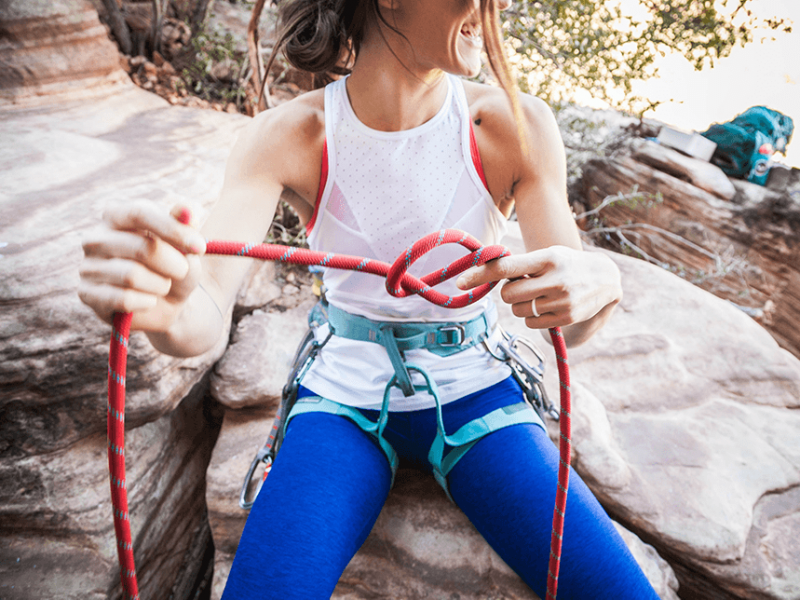
MINERAL SPF…WE’VE GOT YOU COVERED

Staying safe in the sun is a number one priority for your skin and now with the rise of mineral-based care, you’re even more protected…
Being based in good old Blighty, I can tell you that the sun can be something of a rarity, but when it does show up; boy do we Brits know how to worship it!
Wherever you are in the world, I’m sure we can all agree there’s nothing quite like the feeling of the warming rays on your skin, but it’s also important to treat our sunny friend with the respect it deserves…. by slathering on plenty of sunscreen, of course.
Most of you will be aware of the importance of sun protection, with sunscreen being a staple item in beach bags worldwide. But beyond the basics of which factor to choose, there’s another element up for discussion and that’s chemicals vs. minerals.
In the age of veganism and plant-based beauty, we’ve embraced natural, greener alternatives to most things… but not our sun protection, which seems strange.
With this in mind, I had a natter with our very own skincare extraordinaire, Karen Sinclair Drake, to get the lowdown…
Shine a light on UV rays
We’ve all been there, desperately massaging lashings of Aloe Vera into our sunburnt skin after a day at the beach. Many of us don’t think much of a bit of sunburn, but the fact is, it’s darn right painful and the long-term damage can be pretty serious.
The culprits behind this agony… UVA and UVB rays. “Both types are linked to skin cancer,” says Karen, “but UVB are the ones that cause the burn.” So you’d think these are the ones to be most wary of. However, they always say it’s the quiet ones you have to look out for, and that’s certainly true for UVA rays.
“They leave no visible trace on your skin,” explains Karen, but they zap your stores of elastin and collagen, leading to a number of issues, notably premature aging.”
So here’s the science behind the sunscreen…
“Chemical filters in sunscreens help to absorb the sun’s rays and “detoxify” or “disarm” them so they can’t damage your skin,” says Karen, “whereas a mineral filter uses powerful ingredients, such as Zinc Oxide, to disperse the rays away from your skin before they make contact, acting like more of a blocker.
“This “blocking” technique is effective immediately, whereas chemicals can take up to 30 minutes to kick in. This deflecting heat method can also be a lot more comfortable for those who suffer from prickly heat or rosacea.
“What’s more, minerals are said to be less irritating and pore-clogging than their chemical counterparts.
“And to top it off, some of the filters used in chemical sunscreens are thought to be harmful to the environment and research suggests there may be links between chemical filters and hormone disruption.”
More than just SPF
So that’s settled; sunscreens, which use powerful minerals, such as Zinc Oxide, as opposed to chemicals top our sun protection charts. But there’s one more element worth considering, and that’s antioxidants…
“When UVA and UVB rays hit our skin, their active free radicals cause damage to our cells and there’s not a lot most SPF protection can do about that,” says Karen.
“However, antioxidants not only protect your skin from rays but also from free radicals, which accelerate aging process.”
In a study, published in the Journal of the American Academy of Dermatology, supplementation of sunscreens with efficacious antioxidants represents an effective strategy to help minimize accelerated aging and cancer in UV-exposed skin and could represent the next generation of sunscreens.
“It’s for this reason we recommend DermOne Daily Defense Moisturizer with SPF 30+ and SkinSanity Day Protect Cream with SPF 30+ ($50). They are both mineral based and contain bisabolol, a potent antioxidant from German Chamomile, to further protect your skin.”
Stay safe in the sun
1. Ingredients matter
2. Don’t forget to check
3. Don’t get burned
4. Dress to impress
5. Stay shady
6. It’s all about timing
7. Don’t forget
Be mindful and pay attention to your neck, the back of your hands and tops of your feet as these areas are often forgotten in the sunscreen application process.
For awesome sun safety tips, visit out dedicated sun care section.






Leave a comment
This site is protected by hCaptcha and the hCaptcha Privacy Policy and Terms of Service apply.